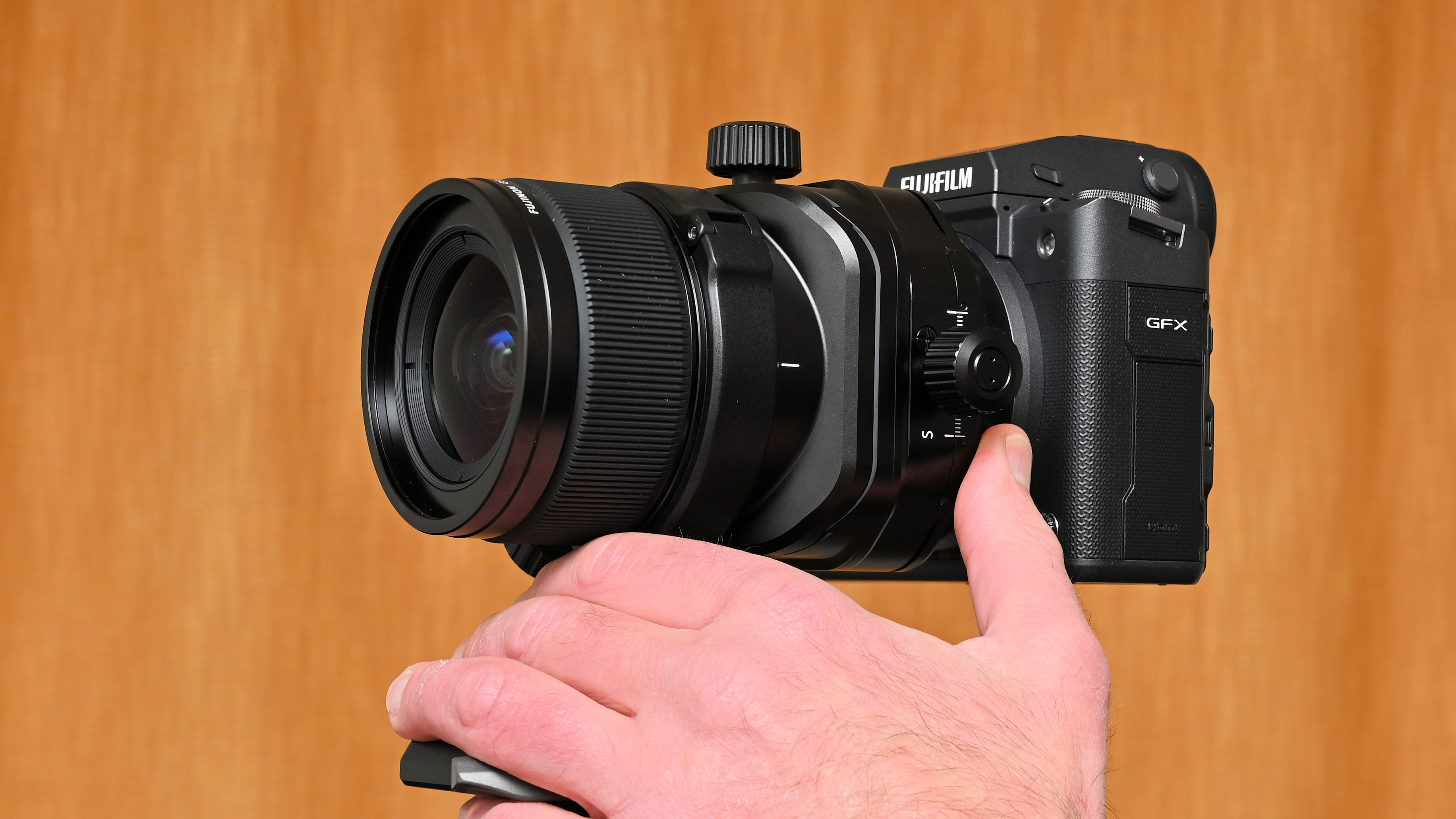
I love that tilt-shift lenses enable me to do things in-camera that are difficult or impossible to replicate during editing without some serious compromises. This Fujinon 30mm T/S is one of the very best tilt-shift lenses on the market right now, and arguably the best of all time. It’s also will go down in the history of best Fujinon GF lenses, period.
So what exactly is a tilt-shift lens? In essence, it has a moveable front section that allows you to tilt the optical path in relation to the camera, or to shift it (most commonly) up and down. The tilt function changes the plane of focus, effectively allowing you to alter the depth of field irrespective of the aperture setting. That can be useful in landscape photography where you want everything sharp from a very close distance away to infinity. At the other end of the scale, you can create a really shallow depth of field for a ‘toy village’ effect.
For architectural photographers, the shift function comes to the fore. With this, you can keep your camera level and ‘shift’ the area of a scene captured in the image. The big advantage is that it allows you to shoot tall buildings without pointing your camera upwards, so vertical walls stay upright instead of leaning inwards towards the top.

This is one of Fujifilm’s first pair of ‘GF’ tilt-shift lenses for its medium format GFX camera system. Thanks to the focal length multiplier (or rather the opposite), the 30mm lens has an ‘effective’ focal length of 24mm in full-frame terms, therefore giving a wider field of view than you might expect. The sibling new lens is the Fujinon GF 110mm F5.6 T/S Macro. This one has an equivalent viewing angle of using approximately a 90mm lens on a full-frame camera, and adds a 0.5x macro magnification factor, as discussed in our separate review.
Fujinon GF 30mm F5.6 T/S: Specifications
Fujinon GF 30mm F5.6 T/S: Price & Availability
We broke news of this forthcoming lens last year and it’s now available to buy, at least if your credit card can take the strain. It’s priced at £3,899/$3,999 and, to put that into some kind of perspective, the full-frame Canon TS-E 24mm f/3.5L II Tilt-Shift costs around £1,999/$1,899 and the Nikon PC-E Micro-NIKKOR 45mm f/2.8D ED costs about £1,899/$2,047. The bottom line is that the Fujinon costs about twice the price but, then again, it’s based on much wider-diameter glass elements, catering to medium format rather than full-frame cameras.
Fujinon GF 30mm F5.6 T/S: Design & Handling
Fully functional tilt-shift lenses can be complex beasts, compared with one-trick lenses that are only capable of either tilt or shift, but not both. Even then, some tilt-shift lenses can only enable shift in one axis and tilt in the other. This Fujinon lens gives you a full range of movement, and thus full creative freedom. The oversized image circle enables a generous +/-15mm of shift, and up to +/-8.5 degrees of tilt. Furthermore, the tilt/shift function can be rotated through 90 degrees with a 45-degree click step along the way. You can also rotate the lens on its mount through 90 degrees clockwise or counter-clockwise, in 30-degree click step increments. The net result is that you can employ either tilt or shift functions in any orientation that you want.
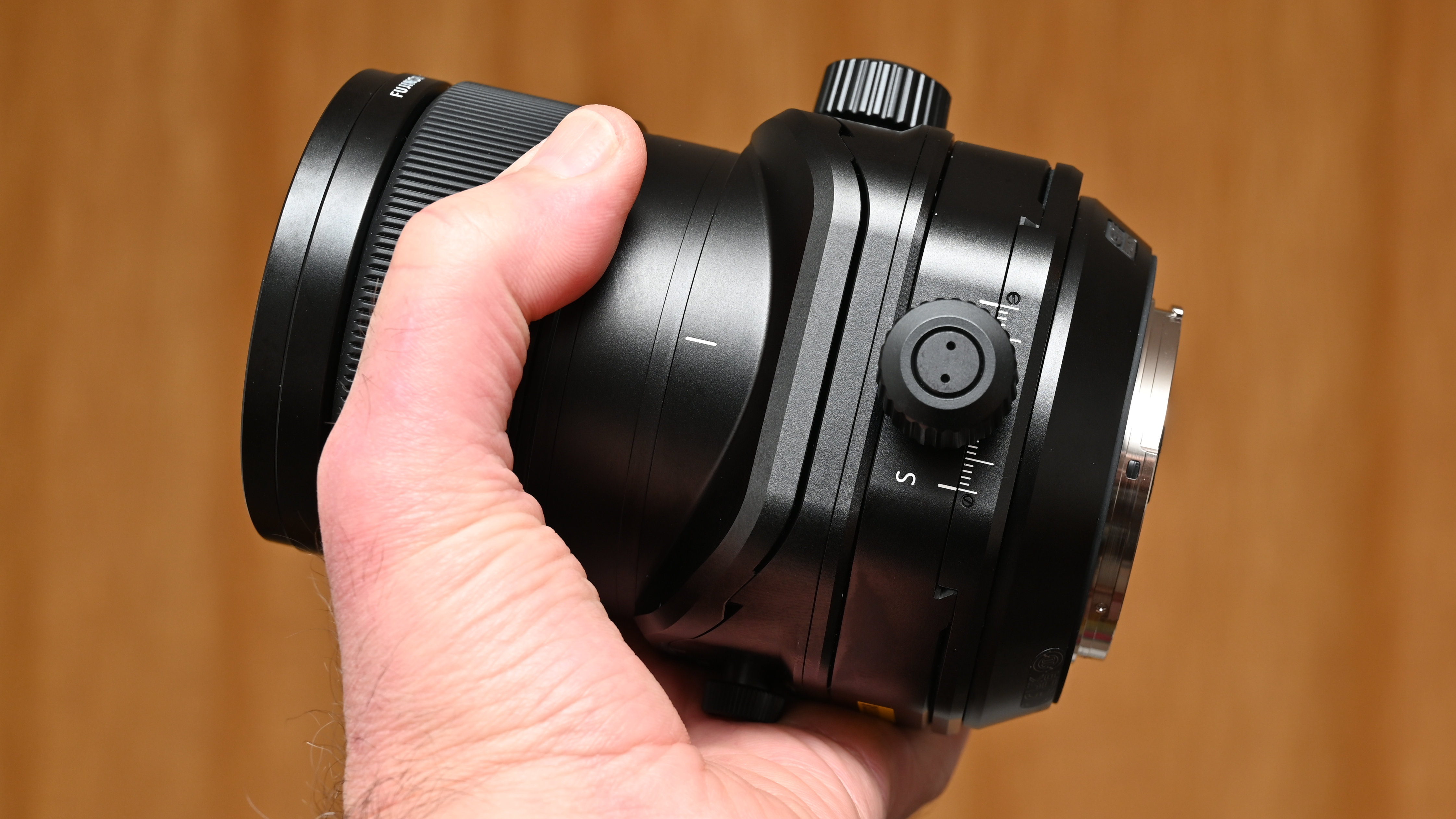
For tilt and shift adjustments, there are the usual fixing screws that keep everything locked off, and the typical adjustment knobs. The tilt function also comes with a sliding locking switch. For a measured approach, tilt and shift both have calibrated scales marked on the lens, in increments of 1 degree and 1mm respectively. What’s more unusual is that the physical parameters of adjustment can be stored in the EXIF data of image files for future reference.
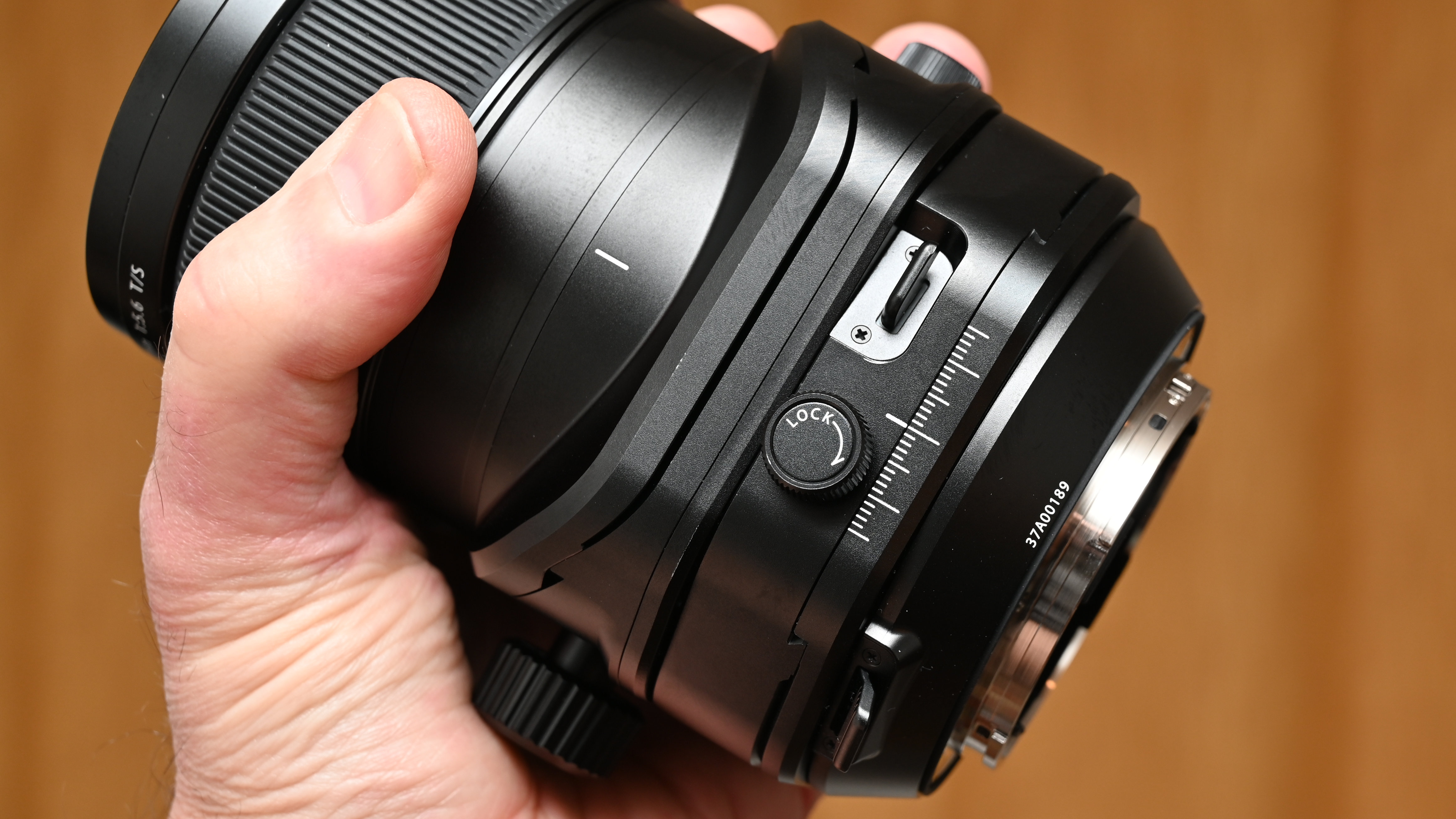
As with other tilt-shift lenses, autofocus is impossible so you have to focus manually. However, light metering is automatic so you’re not limited to manual exposure mode. The optical path is of very high quality, befitting such an expensive lens, and includes three aspherical elements, two ED (Extra-low Dispersion) elements and one Super ED element. Front to back, there’s a grand total of 16 elements arranged in 11 groups.
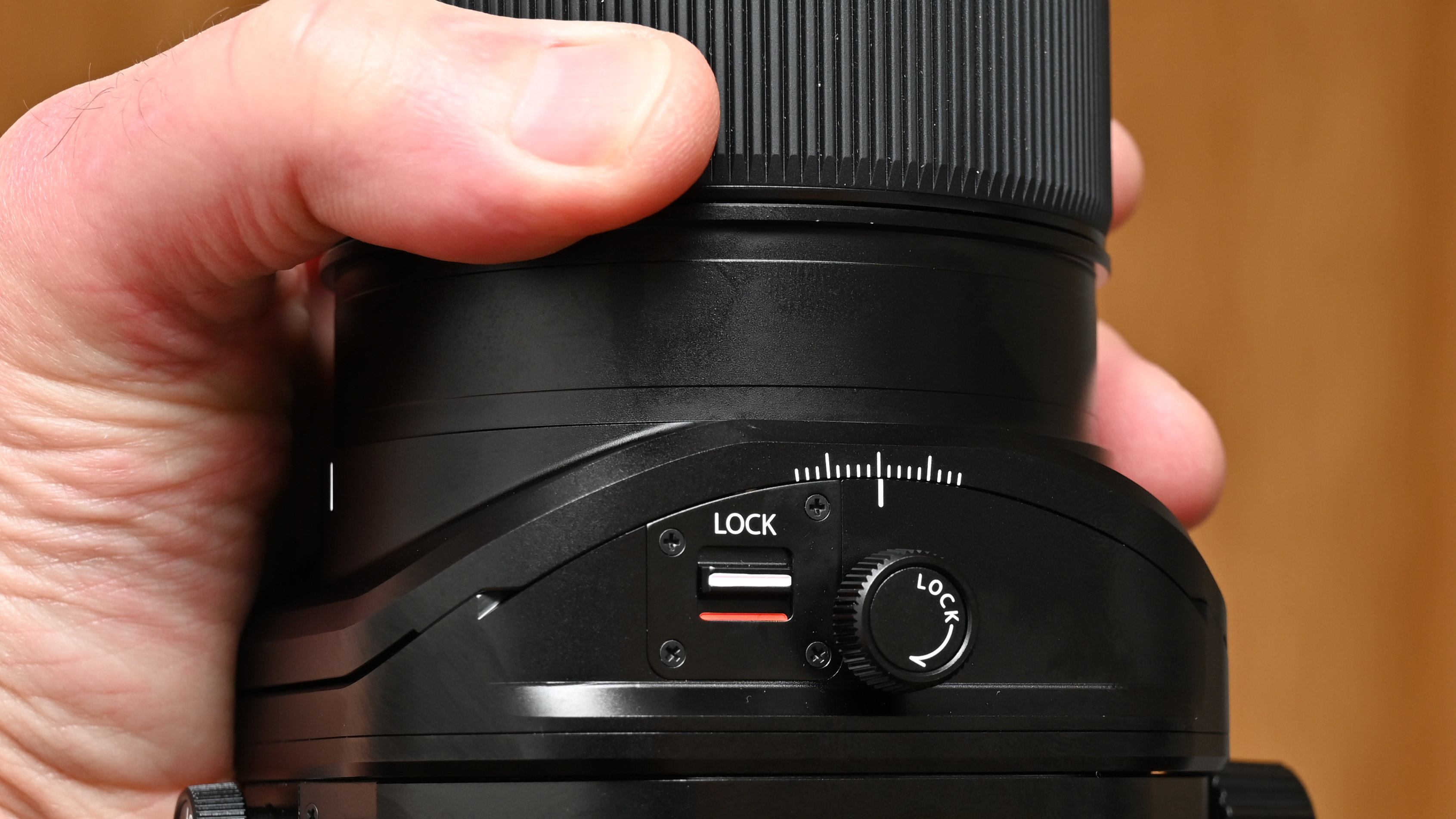
Accessories that come bundled with the lens include a hood with an adapter ring, enabling the use of oversized 105mm screw-in filters. There’s also a detachable tripod collar. This not only enables a better balance, especially when shooting in portrait orientation but also helps to keep consistent framing when adjusting tilt and shift for capturing multiple shots that you want to stitch together further down the line. When in use, the tripod collar keeps the front section of the lens fixed in place, while the rear section and attached camera body move around when making tilt-shift adjustments.
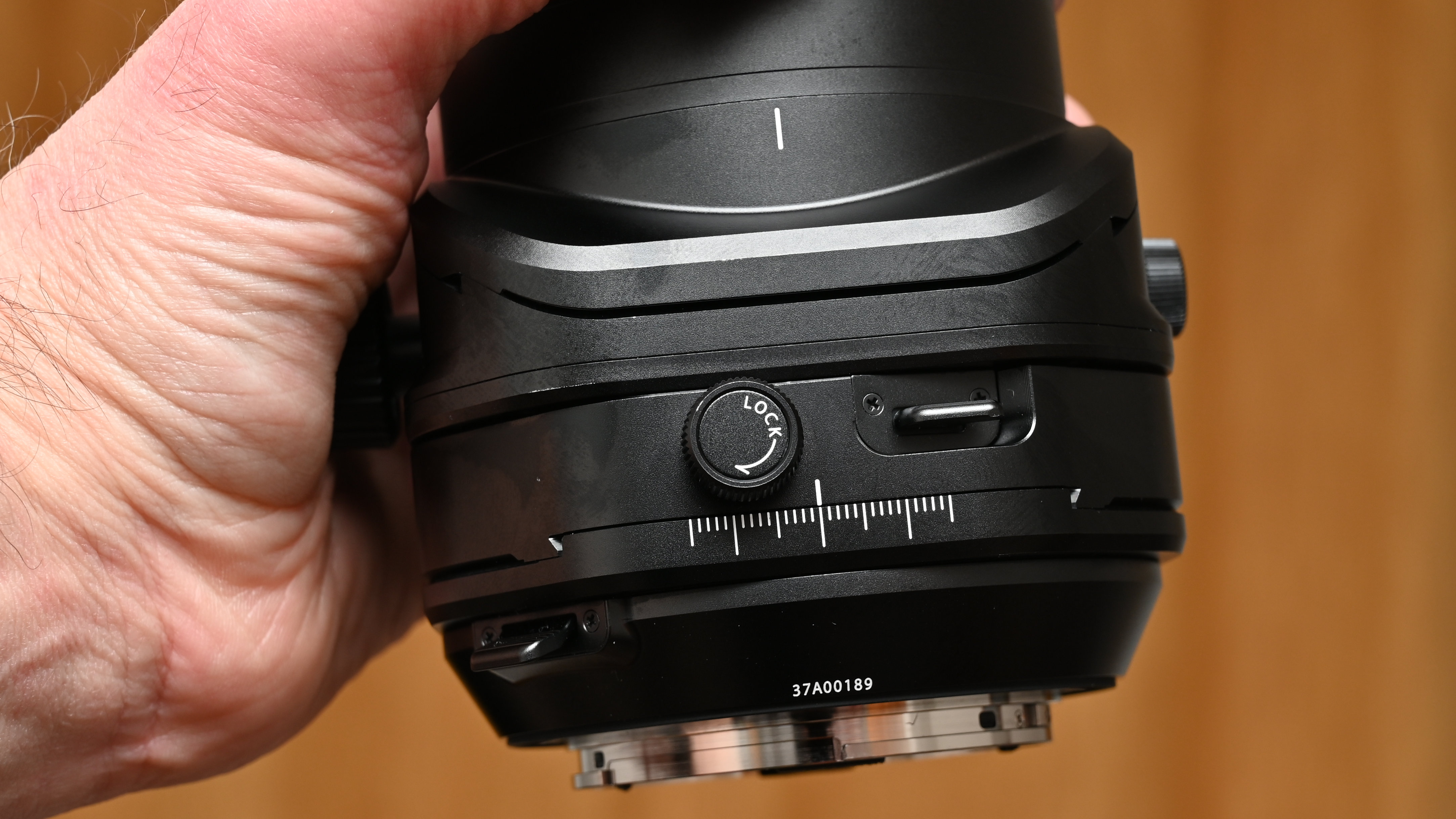

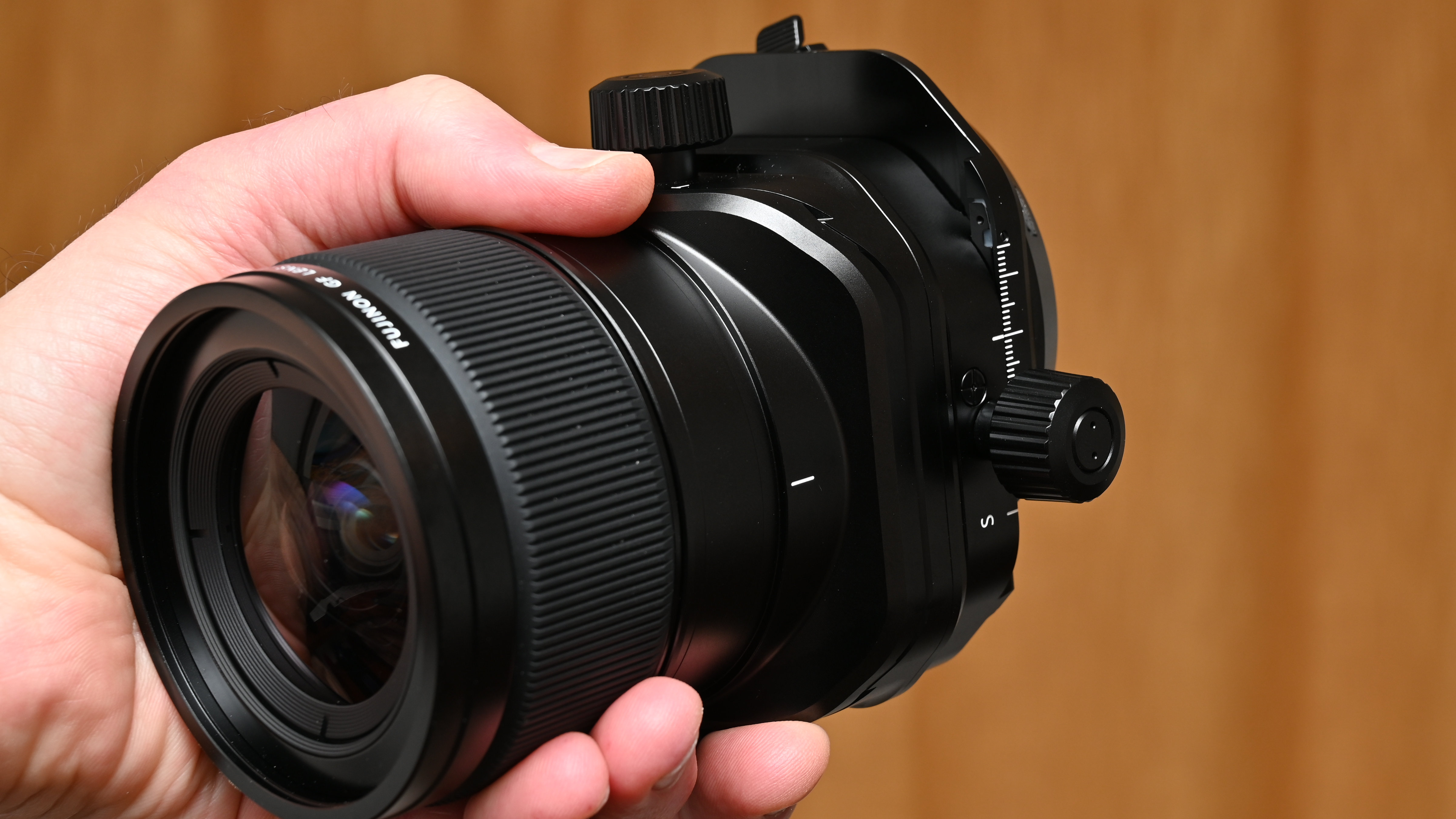
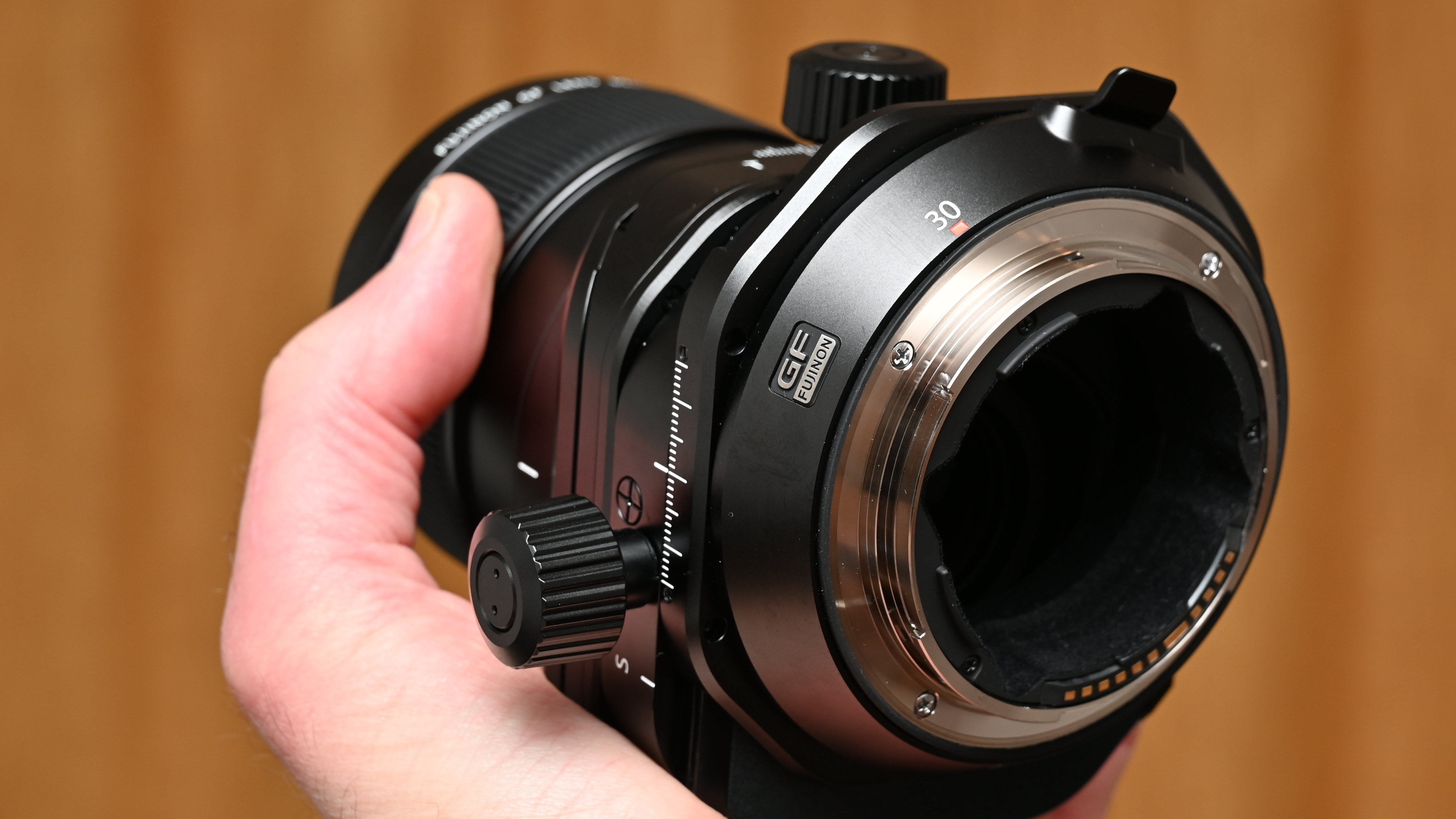

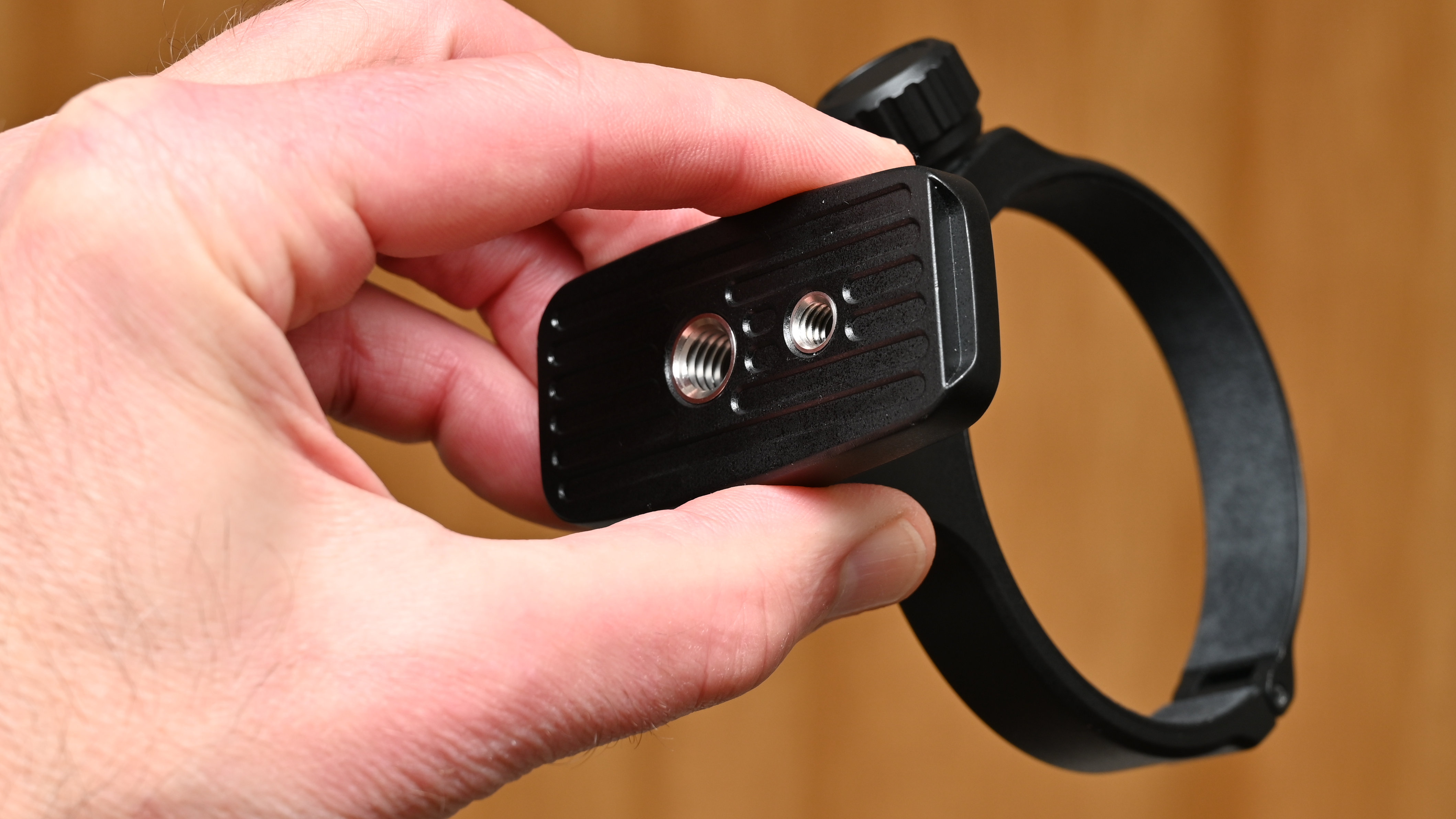
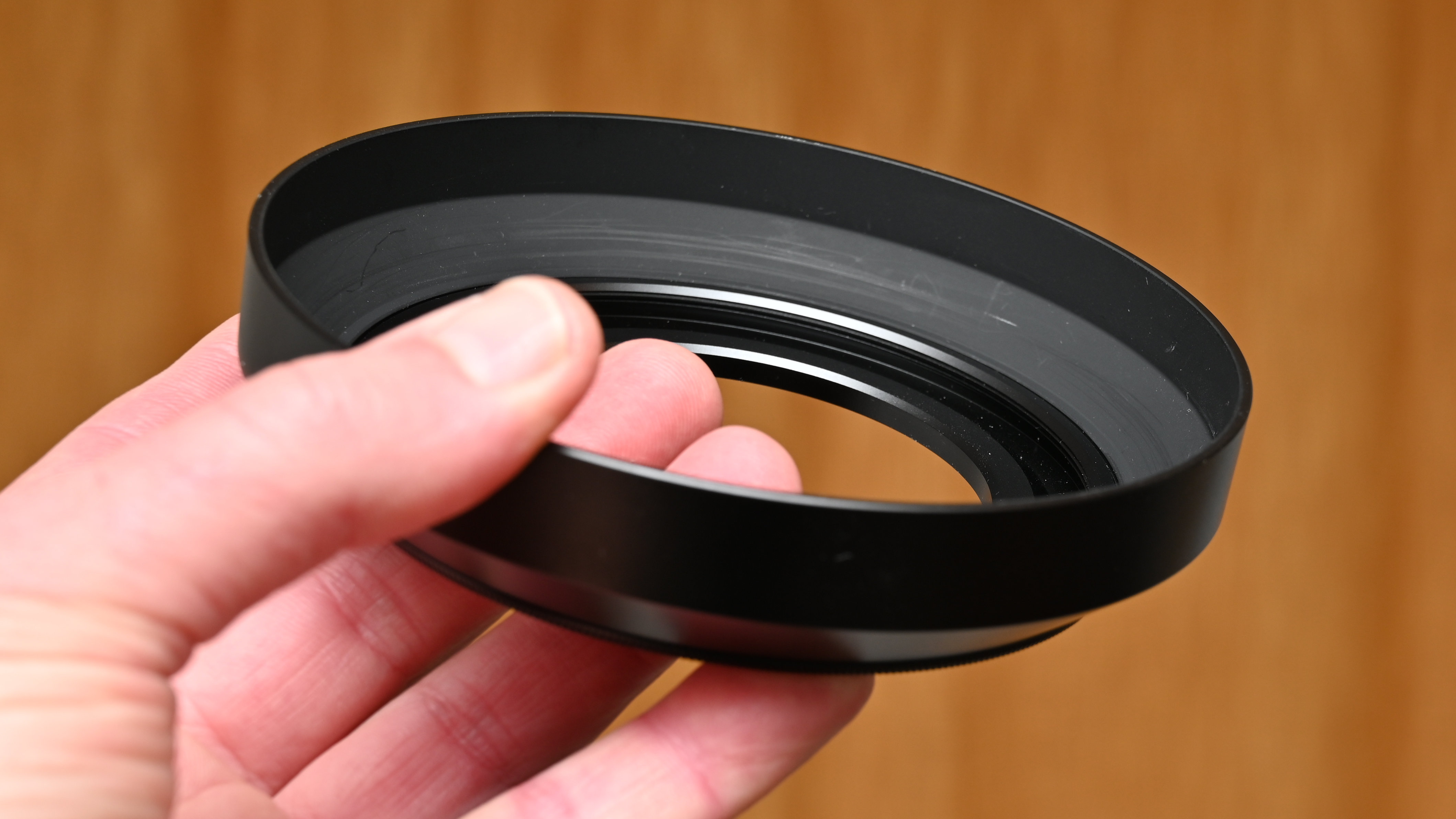
Fujinon GF 30mm F5.6 T/S: Photo Performance
When you’re monkeying around with tilt and shift, there’s often some compromise in terms of image quality. I was really impressed that the Fujinon GF 30mm F5.6 T/S retains scintillating levels of sharpness and clarity even at the full extents of its tilt and shift ranges. Naturally, the ‘in-focus’ area can be very small when using tilt for minimum depth of field, but manual focus puts it where you want it. What’s more there’s very little vignetting even when taking tilt and shift to the max. Overall image quality is simply spectacular.
If you generally only use autofocus, super-precise manual focusing can be a little tricky, even when using the ‘focus peaking’ facility or other manual focus aids of the host camera body. This being a manual-focus lens, I often found it best to use the magnified preview facility of the Fujifilm GFX 100 II with which I tested the lens, and to check the results with magnification in playback mode.
Fujinon GF 30mm F5.6 T/S: Sample Images
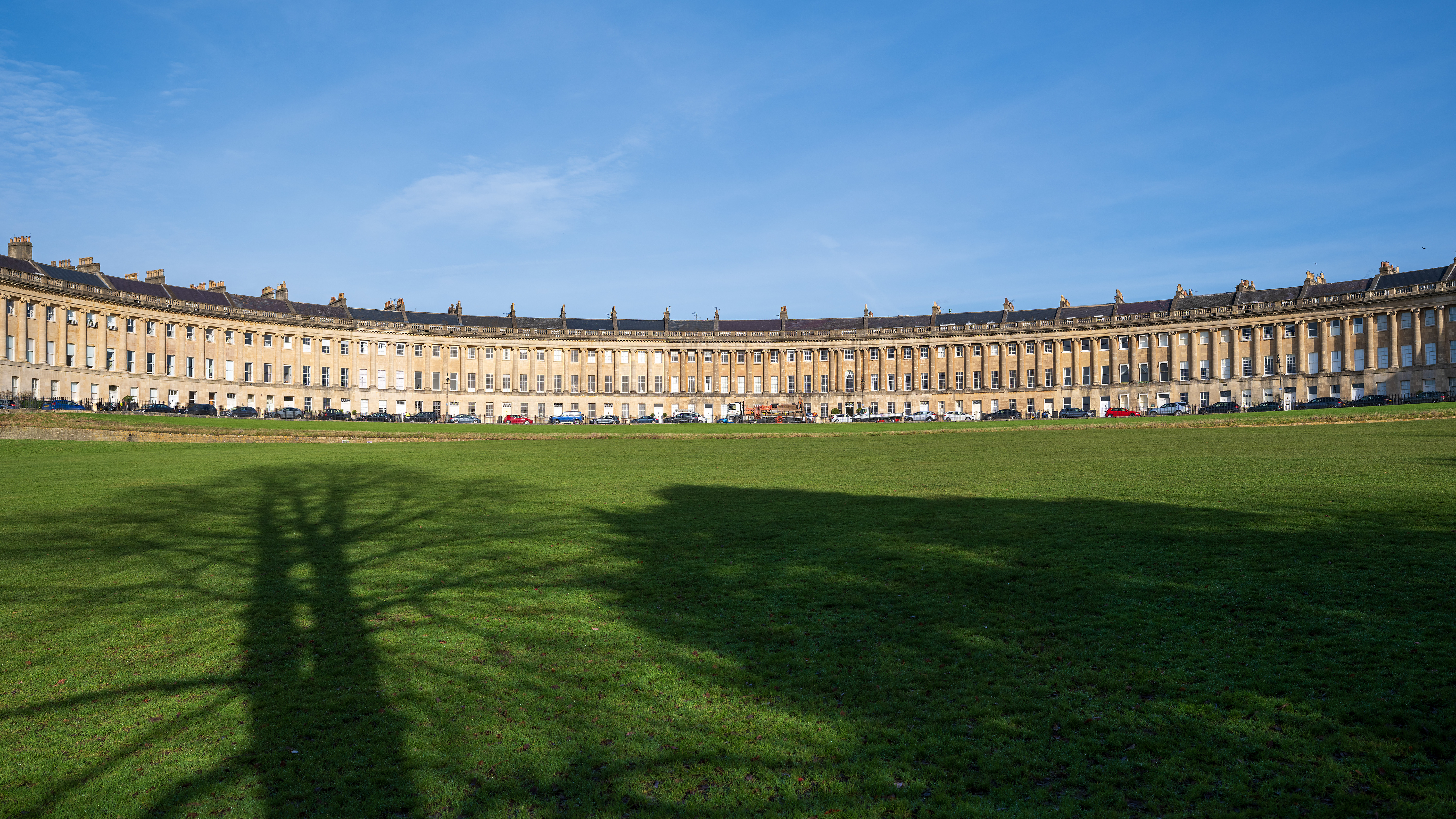




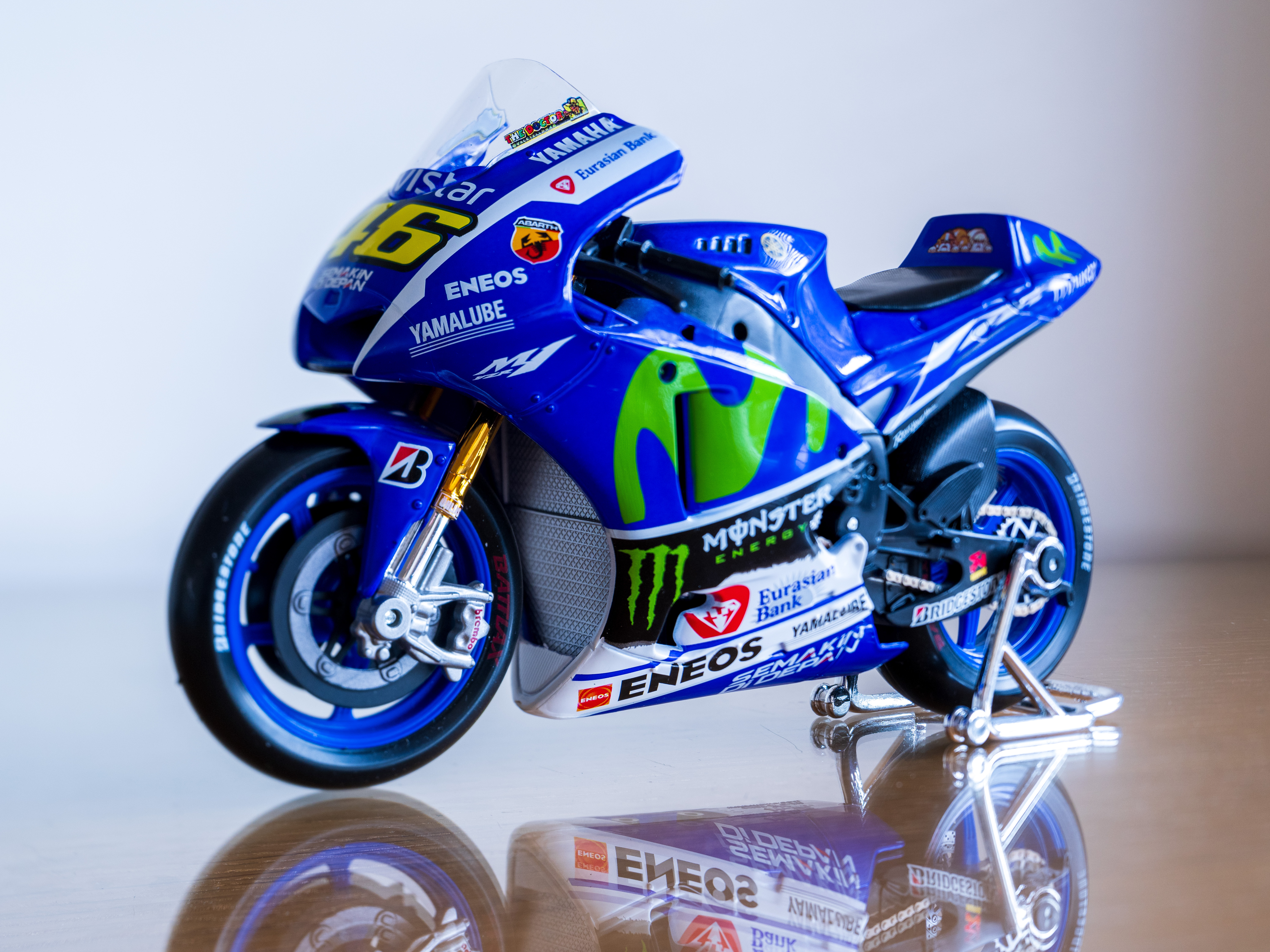
Fujinon GF 30mm F5.6 T/S: Lab Results
We run a range of lab tests under controlled conditions, using the Imatest Master testing suite. Photos of test charts are taken across the range of apertures and zooms (where available), then analyzed for sharpness, distortion and chromatic aberrations.
We use Imatest SFR (spatial frequency response) charts and analysis software to plot lens resolution at the center of the image frame, corners and mid-point distances, across the range of aperture settings and, with zoom lenses, at four different focal lengths. The tests also measure distortion and color fringing (chromatic aberration).
Sharpness:
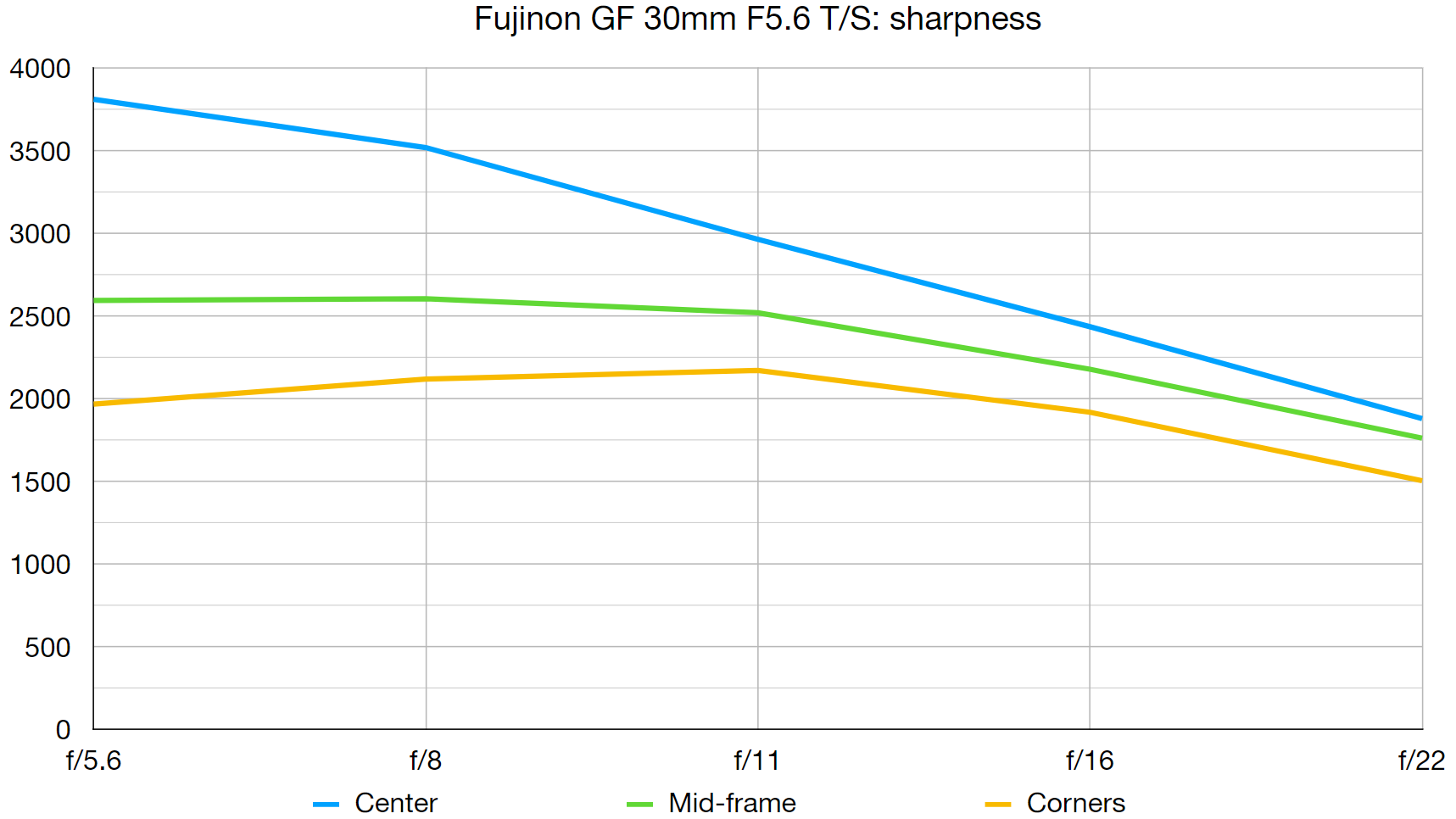
Sharpness is spectacular in the central region of the frame and remains excellent right out to the edges and corners. More remarkably, superb levels of sharpness are maintained even when pushing tilt or shift to the max.
Fringing:
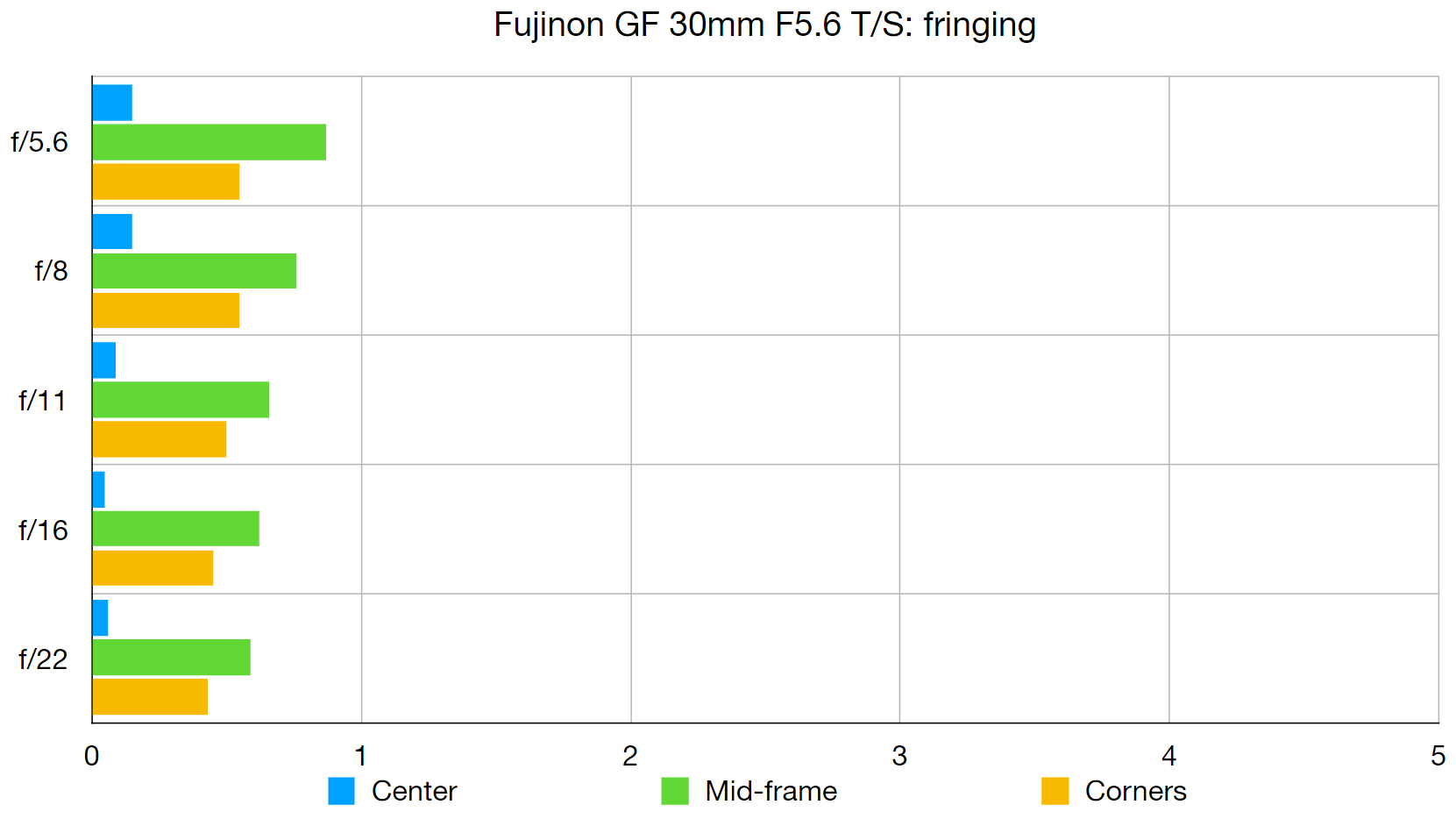
There’s extremely little color fringing to be seen. In fact it’s barely perceptible at all even out at the edges and corners of the image frame.
Distortion: -0.15
It’s not technically a ‘zero distortion’ lens but with only the slightest hint of barrel, it comes as close as makes no difference in practice.
Fujinon GF 30mm F5.6 T/S: Verdict
Like any tilt-shift lens that offers a full range of functions in any orientation, the Fujinon GF 30mm F5.6 T/S isn’t entirely straightforward to use. Even so, the learning curve isn’t steep and the rewards are rich. From correcting perspective to altering depth of field, the lens has plenty of scope, while image quality remains scintillating even at the extremes of tilt and shift movements. Ultimately, it’s the best wide-angle tilt-shift lens I’ve ever used, even if it does come with a hefty price tag.

Should you buy the Fujinon GF 30mm F5.6 T/S?
✅ Buy this...
- Full control over perspective
- Generous tilt adjustment
- Spectacular image quality
🚫 Don't buy this...
- Very expensive to buy
- Effects can be mimicked when editing
- Might prefer a longer focal length







